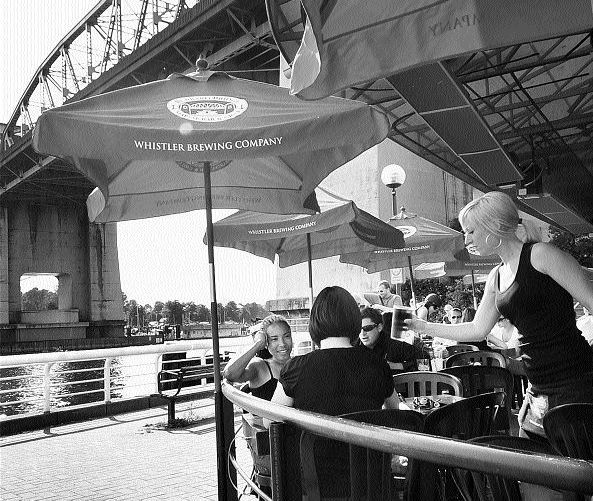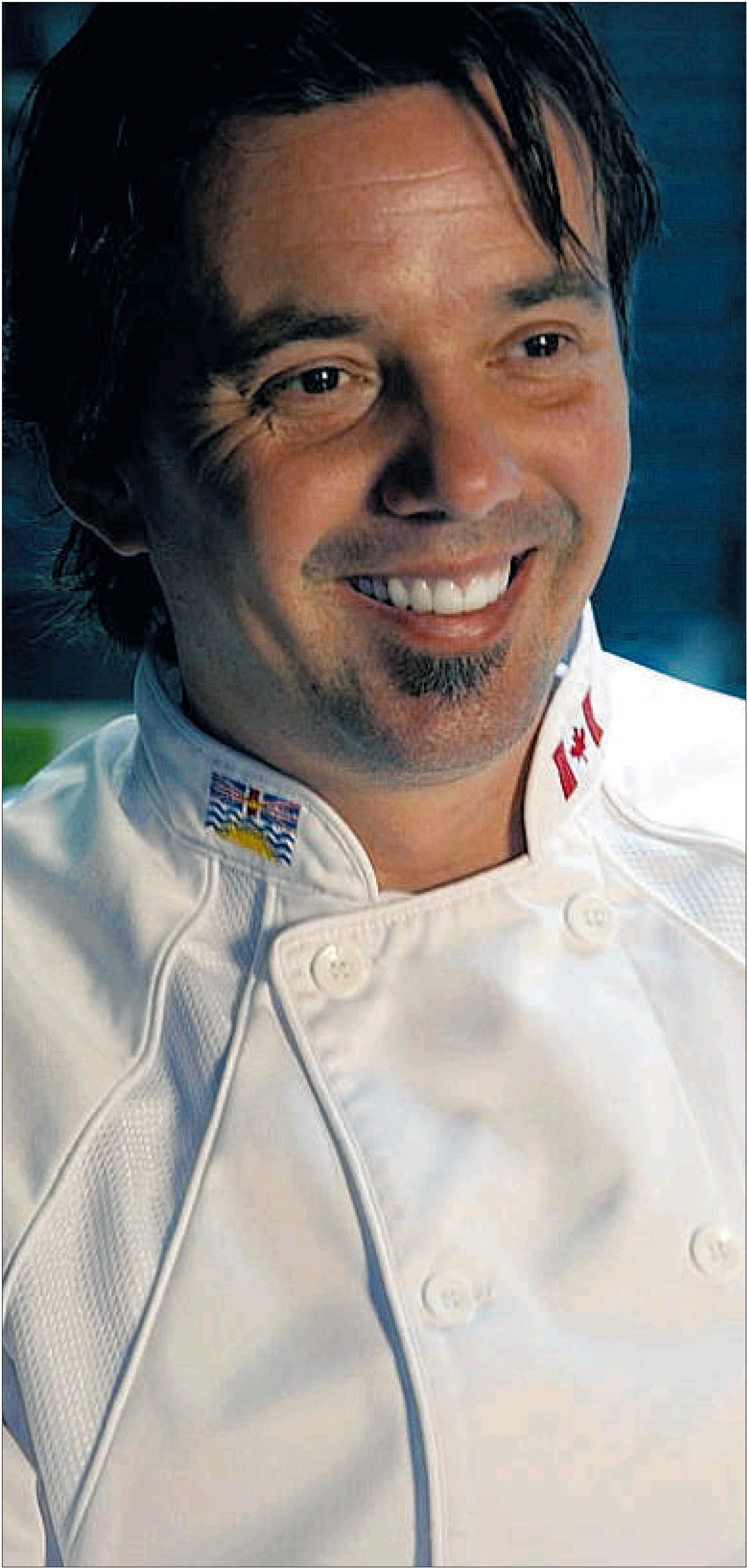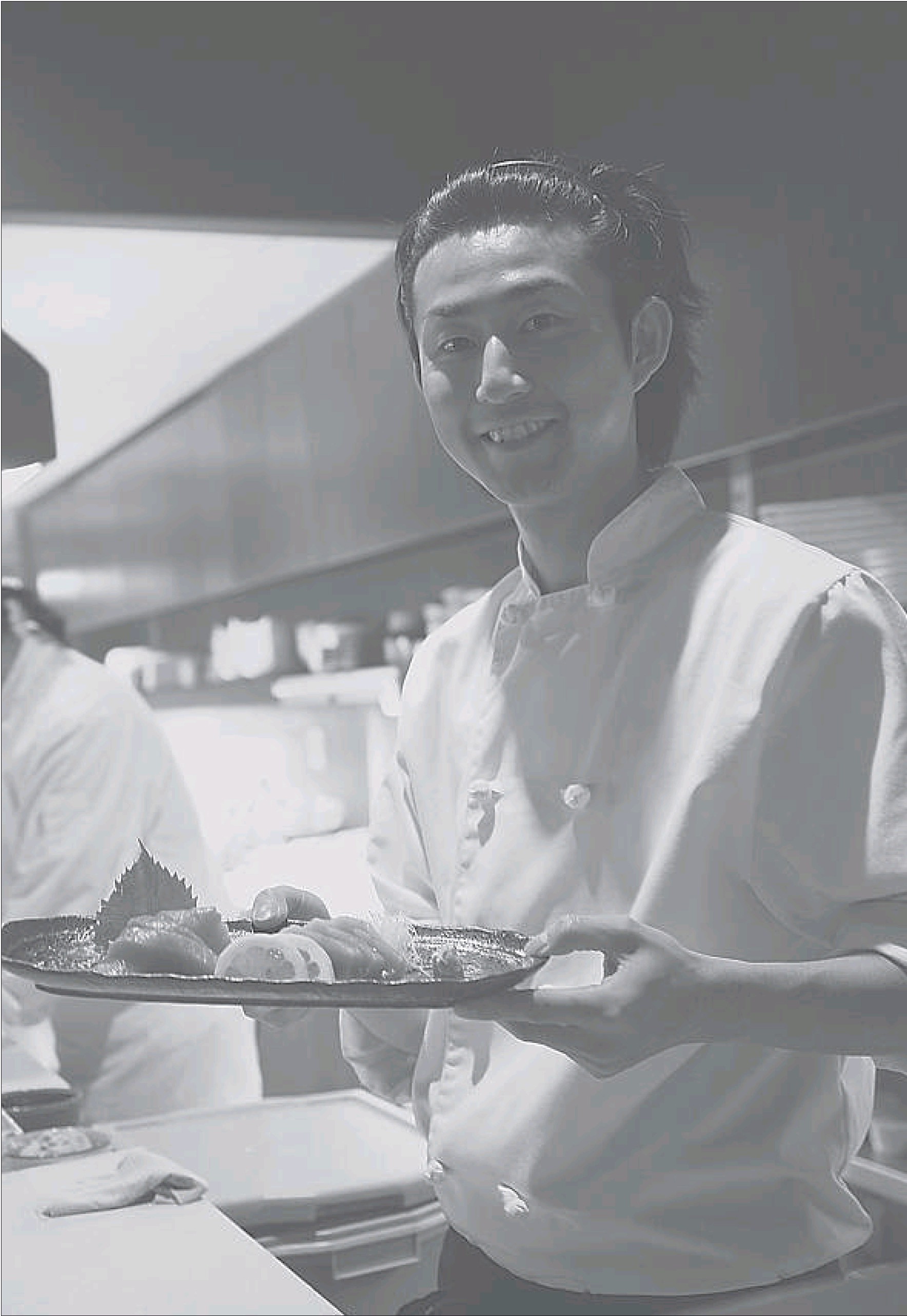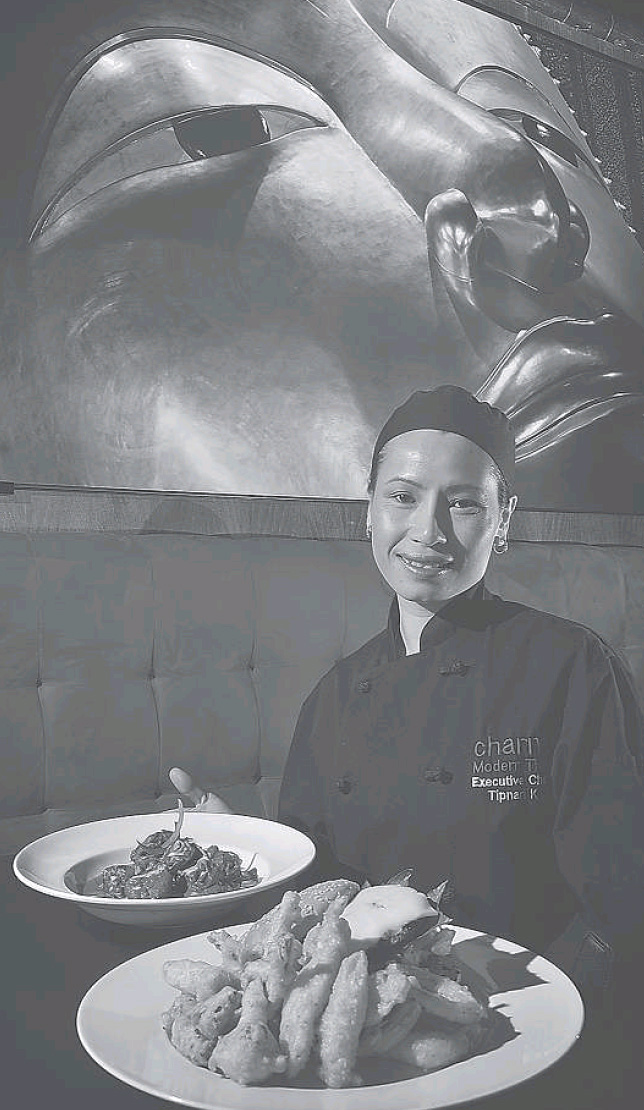Change of pace for former Gastropod chef/owner provides a dance of flavours
Mia Stainsby
Sun

Customers gather at the bar at Maenam restaurant, the most sophisticated Thai restaurant in the city.
MAENAM
Overall: 3 1/2
Food: 3 1/2
Ambience: 3 1/2
Service: 3 1/2
Price: $$
1938 West Fourth Ave., 604-730-5579. www.maenam.ca.
Restaurant visits are conducted anonymously and interviews are done by phone. Restaurants are rated out of five stars.
– – –
Maybe it was the news that Michael Jackson had died, but it was one of those fuddled-duddled-up days. I accidentally, irretrievably deleted some interview notes from my computer. The interview was with Angus An, chef/owner of Maenam. Sadly, I have a co-dependent relationship with my computer. It provides brain support services and I, in turn, save the old clunker from the scrap-yard vultures. Anyway, thank you, Angus, for redoing the interview.
An, as you might know, ran Gastropod and was considered worthy of an invite from the esteemed James Beard Foundation to strut his stuff for New York food wonks. (Pino Posteraro, of Cioppino’s, was an honoured guest chef at the Foundation last week.) An and his Thai-born wife Kate (the couple recently got married) met at the one-Michelin star Nahm Thai restaurant in London and they’d planned to one day open a Thai restaurant. The recession prodded them to nuke Gastropod and its foams and foie gras (which only invited militancy from an animal rights group) and to reopen as the price-friendly Maenam Thai restaurant.
While his experience at Nahm is evident at Maenam, An can’t replicate his mentor’s moves on a budget-wary price point. The most expensive dish on the current menu — smoked duck red curry — is $18. Dishes are more artful and served in smaller portions than in local Thai restaurants. Culinarily, there’s more of an attempt to get to the bottom (or should I say apex?) of Thai cookery. It is, in looks and in the dance of flavours, the most sophisticated Thai restaurant in the city.
Some dishes pack heat — more than mild-mannered palates can tolerate. The Scoville count on the green curry halibut was high enough to carpet-bomb my mouth, wounding my taste buds and leaving my tongue to yelp “ouch! ouch! ouch!” That dish, by the way, features pea eggplants, baby Thai eggplants that could be mistaken for big capers.
“Watch out for the Scuds!” a server warned as she set the Thai sausages before us. Good thing we caught her reference to Scud missiles. After the decommissioning process, the fermented sausages (served with flair on a pandan leaf with a sweet chili dip) were delicious. And the sweetness in the chili dip squelched the heat.
For the pad Thai, An sourced fresh rice noodles in Los Angeles — they’re semi-dried because totally fresh would be too limp and pasty. The dish isn’t as sweet as many versions are, a guarantee that it’s tamarind, not catsup, flavouring the sauce.
The “cloud” in cloudy hot sour prawn soup is condensed milk. “It brings flavour, more body,” An says. The prawns were perfect and shallots, garlic, chili and dried shrimp add wonderful layers to the broth. It’s served in a dramatic metal tubular bowl with a hollow pedestal leg, which holds a burner to keep the soup hot. It’s impossible to scoop up the bottom portion of the soup and you have to avoid touching the hot metal.
Panaeng beef with peanuts, nutmeg and basil looked like a small serving, but has a huge, assertive personality. An balances salty and sweet in humming harmony in this dish. Crispy pork belly with green peppercorns and red curry paste is a different take for diners accustomed to letting the pork belly be the star. After an initial wavering about the curry, I liked it. Hangar steak salad was delicious, the steak lively with mint, cilantro, chili powder and, I think, lemongrass.
As for desserts, a chocolate pot de creme was delicious fun — an oval of tamarind semi-freddo sits atop a delicate tuile, which sits across the top of the dessert cup with chocolate pot de creme; break the tuile and the semi-freddo tumbles into the pudding. Or, as it was related to us, you can carefully eat it layer by layer. Typically Thai, even dessert has a balance of sweet with savoury. In this case, it’s sea salt. Really good.
A creamy rice pudding with mango coconut cream puree loves the contrast of black sesame seeds. However, banana and black sesame budino with coconut cream, caramel, toasted sesame and fried shallots requires a wide-open mind. Budino as I’ve known it is an Italian pudding. Here, it’s like a pale, steamed banana cake and the “something savoury” is fried shallots, the strongest flavour component. Sorry. Not a winner.
Service is almost at the former Gastropod level and many of the staff are from those days. Tables are well-tended even when the restaurant is fully booked. A floor-model air conditioner, with a Slinky-like tube attached to it, wasn’t the most pleasant thing to have next to our table, by the door to the kitchen — we’d scored the worst table in the house that evening.
This is the best beverage list to be found in a Vancouver Thai restaurant, with compatible German wines, aperitifs, grappa, sherry, port, dessert wines and some great beers.
© Copyright (c) The Vancouver Sun











